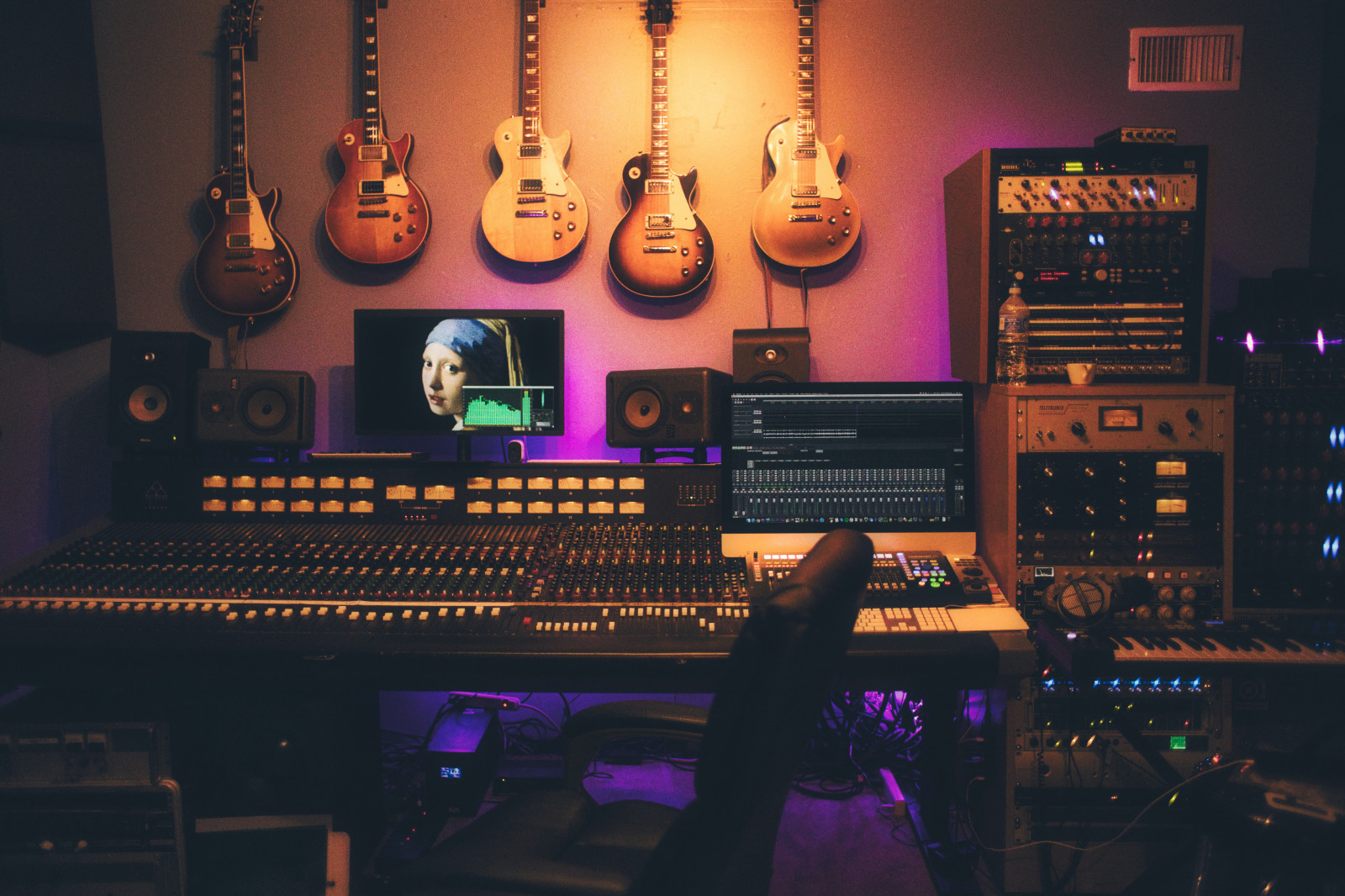It is time for DAWs to break the boundaries of conventional music production

Photo: Caught In Joy

We recently wrote about how the direction of music inspiration has reversed, that established music markets have begun to draw inspiration from sounds, scenes, and cultures from emerging markets, such as Nigeria, South Korea and India. However, for music to embrace new sounds from emerging markets, there is a need for new tools and technology that first enable regional artists and producers to embrace their sounds and musical cultures, and thus bring them to the global music markets. Some DAWs (software for music production) have already begun to find new ways of disrupting music creation; it is time for the rest to catch up.
The foundation of DAWs must expand from Western music
Keyboards, guitars and most musical instruments frequently used in Western music divide music into semitones, which constitute scales. However, many instruments in the world allow for notes in between, called microtones. Other cultures have used various tunings for a long time, such as the microtones in Arabic Maqam, the complex tuning systems of the Indonesian Gamelan, or, perhaps most renowned, the micro intervals in Indian ragas. Apart from this, microtonal scales are also standard across African and South American music cultures. Since DAWs are traditionally based on Western scales, creating authentic-sounding music from regions that use microtones has rarely been possible and tough to achieve.
Most Western music is created using the semitonal scales; it is why many pop melodies sound similar and why notes that fall outside of them sound "out of tune". The vastness of the microtonal scales can be visible on the Scala archive, which comprises of 5,100 microtonal scales, all waiting to become a part of modern-day music-making.
Featured Report
The audio creator opportunity Audio creator behaviours and monetisation potential
Historically, YouTubers and TikTok influencers have received the lion’s share of mainstream attention as a creator class – but audio creators are increasingly active on the same digital platforms and operating within the same formats. As a result, the audio creator has become a jack of all trades, moving between copyediting, audio editing, and ...
Find out more…New tools challenging western music foundations are already popping up
Aphex Twin launched his microtuner in 2021 in collaboration with ODDSound. Ableton followed by launching its microtuner last year, making this a big move from a big company trying to bring microtuners to new-age producers. However, understanding these scales requires research, understanding, and ear training. Ableton’s microtuner is free to access, and it is where users can load scale files, create custom scales, and morph between tunings in real-time. At the same time, Aphex Twin has created a lite version that is available for free. Both of these are making it possible for new creative opportunities and music experimentation.
Tools that challenge Western tones and time signatures are now available for producers to experiment with. It is time to create awareness, provide knowledge, and bring these tools to the producers.
Authentic representation of music scenes will be key
As local and regional producers find themself being able to access tools that help them create sounds from their own culture, new subcultures will rise based on authentic sounds. The desire to sound like artists from the US, UK, or other developed music markets will change to a desire to embrace regional, identity-based cultures. For example, Gabbar Modulus Operandi, an Indonesian electronic duo, decided to adopt and bring their two realities together – their love for dance music in Europe and traditional Indonesian music playing around them at home. The duo merged the realities of their musical identities, creating an imaginary form of Gabbar that arose from their own country, creating a new age of electronic music from Indonesia. The music is grounded on their ideal of creating subcultures based on their imagination of hardcore music while using scales, such as Gamelan and Pelog, local to Indonesian music.
DAWs are now the proliferation of music as a tool. An artist can sit at home and create the same music previously only recorded in expensive studios. For the rapid cultural growth of music subgenres and cultures, DAWs take the lead in researching and finding new ways in which people from not-so-popular markets have traditionally made music. Tools like microtuners can reshape the global music creation process and create a new generation of music creation that brings more newness to the listeners, in addition to helping music creators and stakeholders create solid cultural moments.
As we have seen how Western genres have inspired emerging markets before the cycle reverses, creating more diversity in sound, the process will begin for many new markets with the induction of disruptive tools that challenge how music is created. The last disruption was the DAW itself. We may be at the beginning of the most diverse era of music culture we have ever seen.

There is a comment on this post, add your opinion.